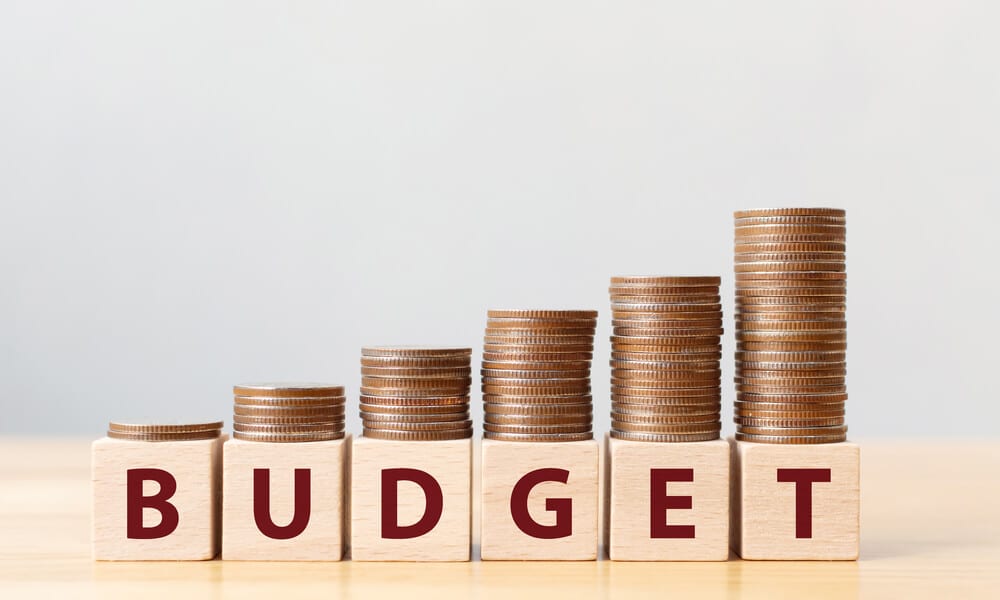I do not know who you are or what your financial strength is but if you are reading about the David Ramsey Seven Baby Steps in Money Management then I assume you want to create a budget.
Or you just want better control over your money using the Dave Ramsey Budget Rule.
The Dave Ramsey Budget Rule requires that people set aside every dollar of their monthly income for a certain category, making sure that their total costs and their total income are equal. The Dave Ramsey Budget Rule is monthly income less monthly spending equals zero.
You must decide to change your money habits firmly and consciously before you can begin.
Although Dave Ramsey doesn’t identify this as a phase in the process, in my opinion, this is the most important component because he does stress its significance.
Without wasting much let us quickly look at it now.
The David Ramsey Seven Baby Steps in Money Management
Step 1: Save $1,000 to Start Your Emergency Fund.
The most important thing you can do for your finances is this. You never know when a scenario requiring a substantial sum of money will arise.
Perhaps your alternator breaks out, or perhaps it rains and you discover that your roof has to be mended. You may pay for these costs without incurring debt or using up any of your resources if you have an emergency fund.
You can read about how to Put Away Emergency Funds
The fact that unexpected, required emergency costs (such as medical bills, auto bills, or house repairs) can pile up and produce debt is one of the primary reasons individuals struggle with money. However, these unexpected costs won’t catch you off guard if you have made advance plans for them.
He suggests starting to accumulate an emergency fund in a different bank account and keeping it there until you have at least $1,000 in it. This is where the emergency fund will begin, protecting you from going into serious debt due to unforeseen, unplanned bills.
Step 2: Focus on Debts
Secondly, using a technique he refers to as “The Debt Snowball,” is one of the most significant steps that demonstrates his capacity for motivation.
As with Baby Step #1, the Debt Snowball offers immediate benefits to users. Given that most individuals would need to complete this stage for several years in order to pay off their consumer debt, it helps to keep them motivated.
Paying off debts might include college loans, credit card debt, and auto loans. People stay driven to finish the course because of the rapid victories.
Step 3: Complete Your Emergency Fund
You’re well on your way to accumulating money if you’ve built up a foundation free of debt and a healthy emergency fund.
Because you should now have a sizable amount of money to start investing elsewhere after paying off your consumer debt.
This is not the moment to settle into a routine. Transfer the money you were spending to pay down your debt to a comprehensive emergency fund instead, one that can cover three to six months’ worth of living costs.
By doing this, you may protect yourself from bigger life surprises like losing your job or having unplanned auto repairs without having to worry about going back into debt.
Step 4: Save for Retirement
A happy future may be ensured by consistently setting aside a percentage of your salary for retirement. because it promotes self-discipline and forward-thinking.
While it’s a more gradual route to financial achievement, investing sensibly in index funds and high-quality equities increases the likelihood of success. If you can do this in a 401(k) with a corporate match and compound returns over time, you can accumulate wealth.
Step 5: Save for College Funds
Once your retirement funds are in order, it’s time to start saving for college. There are a few strategies to save for your children’s education if you have little children.
While some strategies offer more tax benefits, others provide greater flexibility in the event that a kid wins a scholarship or decides not to attend a four-year institution. It all comes down to having a strategy and understanding your alternatives.
Until they require the money in eighteen years, you can also profit from the compounding effect.
Step 6: Pay Off Your House
It creates opportunities to devote more money to other projects like retirement, savings, or vacation.
For the loan, allocating additional dollars to your mortgage can result in significant interest savings.Over the course of the mortgage, you also save money on interest payments.
When you have no housing payment in retirement, just think of how much more flexibility you’ll have.
Step 7: Build Wealth
Lastly, when you get to Dave Ramsey’s Baby Steps number 7, you may begin concentrating on increasing your money.
Financial safety nets such as a sizable emergency fund, retirement account, savings account, and education money should not be neglected. As he concludes his Baby Steps, Dave Ramsey exhorts readers to “live like no one else, so you can give like no one else.” The thrill of giving is something you can feel.
His main message is to tithe 10% of your church in order to feel the fulfillment that comes with donating.
Voila, we have now understood the David Ramsey Seven Baby Steps in Money Management.




